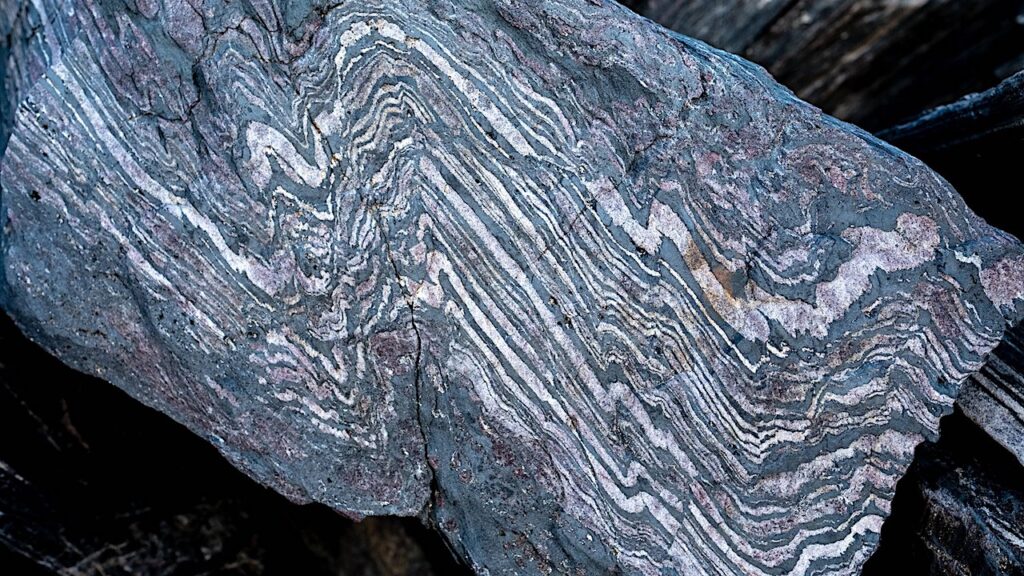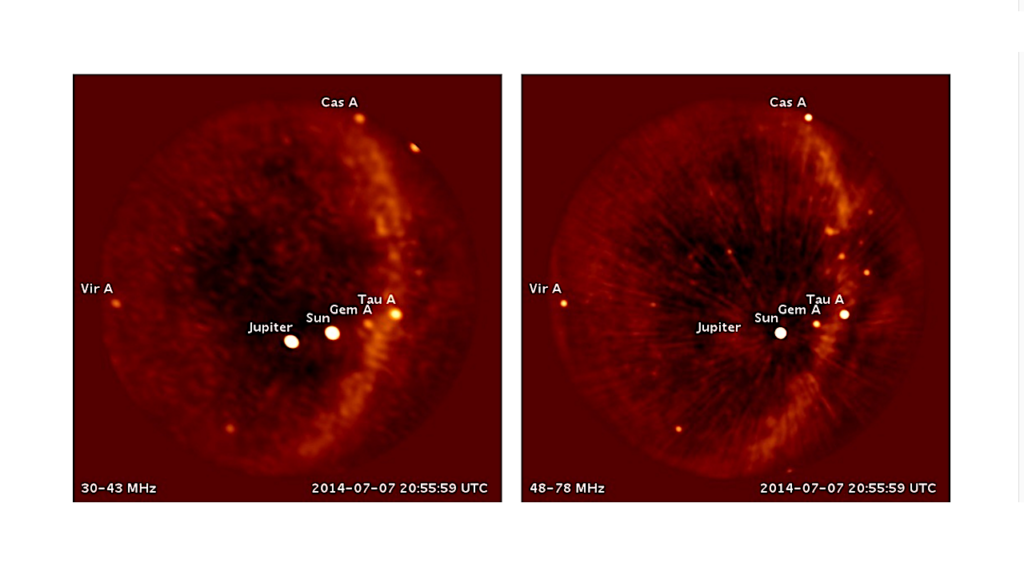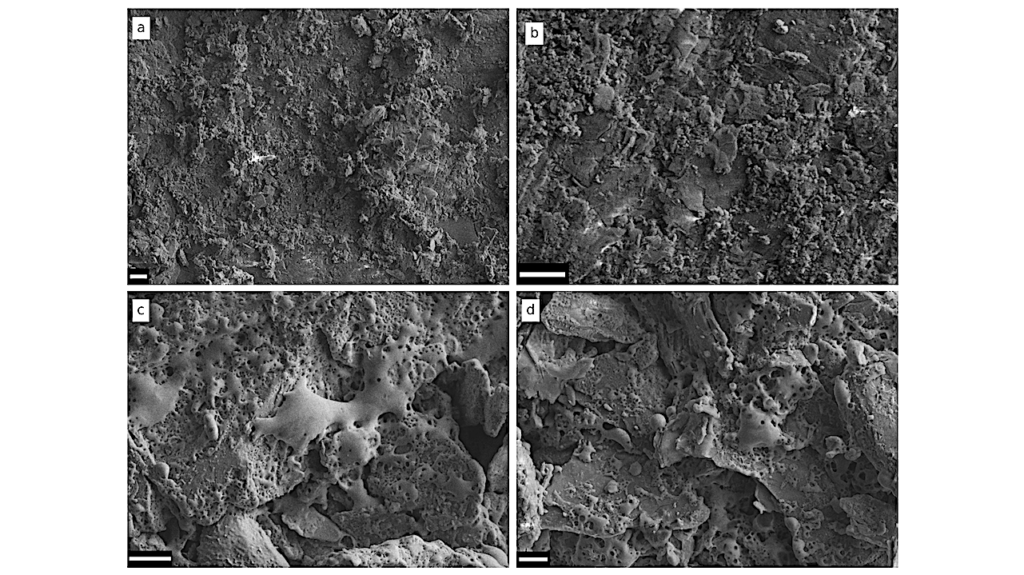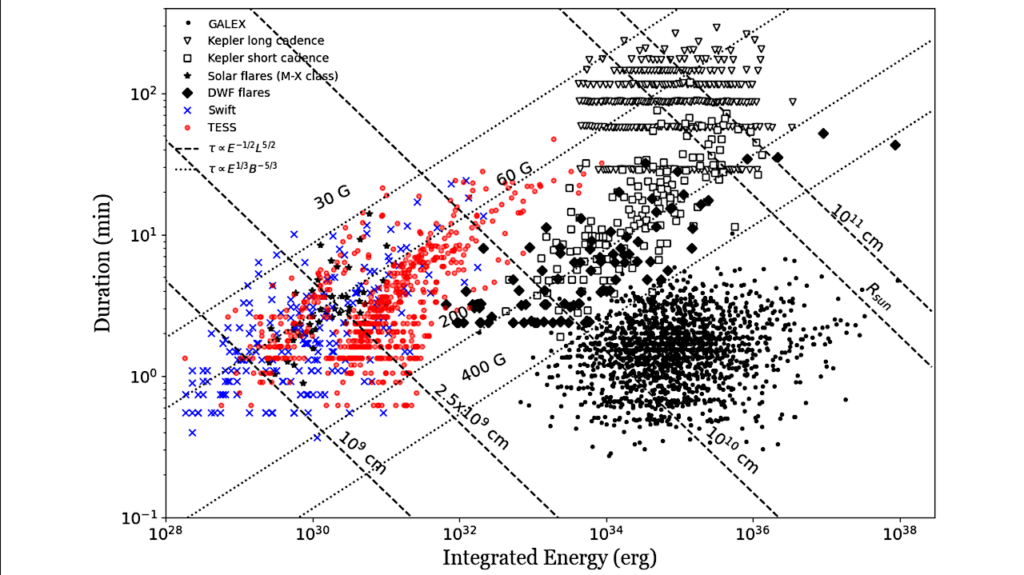Wind Morphology Around Cool Evolved Stars In Binaries: The Case Of Slowly Accelerating Oxygen-rich Outflows

The late stellar evolutionary phases of low and intermediate-mass stars are strongly constrained by their mass-loss rates.
The wind surrounding cool evolved stars frequently shows non-spherical features, thought to be due to an unseen companion orbiting the donor star. We study the morphology of the circumbinary envelope, in particular around oxygen-rich asymptotic giant branch (AGB) stars. We run a grid of 70 3D hydrodynamics simulations of a progressively accelerating wind propagating in the Roche potential formed by a mass-loosing evolved star in orbit with a main sequence companion. We resolve the flow structure both in the immediate vicinity of the secondary, where bow shocks, outflows and wind-captured disks form, and up to 40 orbital separations, where spiral arms, arcs and equatorial density enhancements develop. When the companion is deeply engulfed in the wind, the lower terminal wind speeds and more progressive wind acceleration around oxygen-rich AGB stars make them more prone than carbon-rich AGB stars to display more disturbed outflows, a disk-like structure around the companion and a wind concentrated in the orbital plane.
In these configurations, a large fraction of the wind is captured by the companion which leads to a significant shrinking of the orbit over the mass-loss timescale, if the donor star is at least a few times more massive than its companion. Provided the companion has a mass of at least a tenth of the mass of the donor star, it can compress the wind in the orbital plane up to large distances. Our grid of models covers a wide scope of configurations function of the dust chemical content, the terminal wind speed relative to the orbital speed, the extension of the dust condensation region around the cool evolved star and the mass ratio. It provides a frame of reference to interpret high-resolution maps of the outflows surrounding cool evolved stars.
I. El Mellah, J. Bolte, L. Decin, W. Homan, R. Keppens
(Submitted on 13 Jan 2020)
Subjects: Solar and Stellar Astrophysics (astro-ph.SR)
Cite as: arXiv:2001.04482 [astro-ph.SR] (or arXiv:2001.04482v1 [astro-ph.SR] for this version)
Submission history
From: Ileyk El Mellah
[v1] Mon, 13 Jan 2020 19:00:13 UTC (12,582 KB)
https://arxiv.org/abs/2001.04482
Astrobiology, Astrochemistry








